Are Real Estate Newsletters Effective? Strategies for 2022

Aug 03, 2022
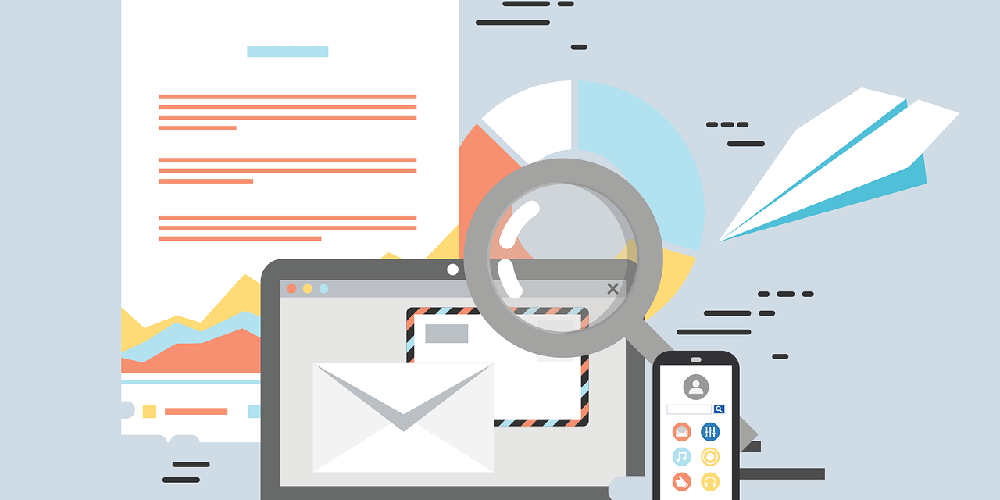
As you create a marketing plan for your real estate business, you may wonder if adding newsletters to your marketing strategy is worthwhile. While it is true creating a newsletter will take a bit of upfront work, the reality is the time and money you put into developing a newsletter campaign is worth the effort. Nucleus Research found newsletters increase sales by 14.5% while decreasing marketing overhead by 12.2% for businesses that engage in a campaign. So, what exactly does a real estate newsletter involve and how can you ensure it is a success? By implementing these five strategies, you will see just how valuable a newsletter can be.
Strategy #1: Choose Your Newsletter App Wisely
The first step toward building an effective newsletter is to choose the right application to suit your needs. Luckily, there are many newsletter applications from which you can select.Some of the options available include:
- ActiveCampaign
ActiveCampaign is a top-rated option for businesses of all sizes. It offers over 800 pre-built automations, free customer support via live chat and phone, customized scheduling features, and complimentary data migration. This application also combines marketing automation, email marketing, and CRM. You can also choose from nearly 900 integrations, with some popular options being Facebook, WordPress, and Zapier. The options really are endless.
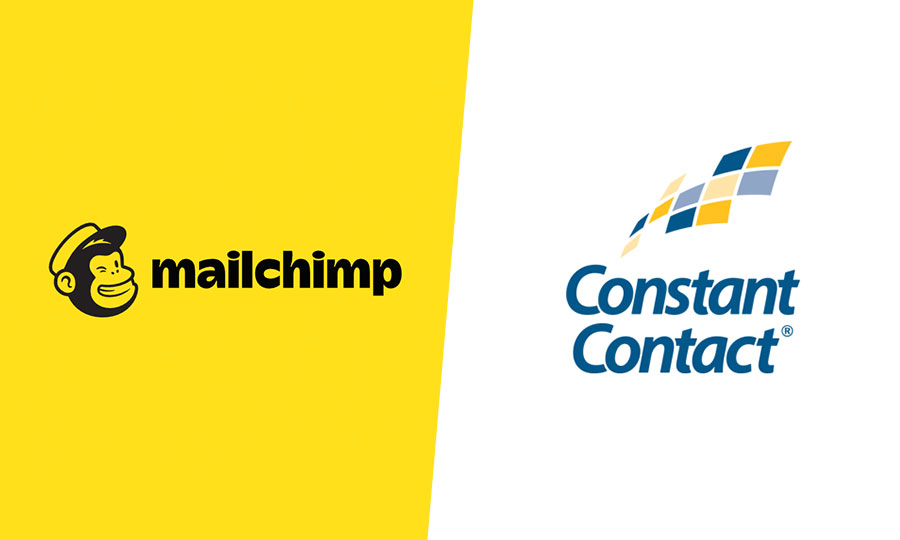
- Constant Contact
Constant Contact is a great option for small to large businesses. It offers easy-to-use features and a multi-channel support system, allowing you to quickly start to your newsletter campaign and get assistance with most issues. The email builder combined with hundreds of template options make it possible for you to craft a newsletter aligned with your branding. This application does not, however, offer robust automation features or workflows.
- Mailchimp
Mailchimp is best suited for for small to medium businesses that are just getting started with email marketing. Features include a free email marketing service for a limited number of subscribers, a large selection of templates to choose from, and an easy-to-use drag-and-drop builder. This application does not have powerful automation or segmenting features, making it ill-fit for scaling teams.
Ultimately, combining CRM with batch emailing will provide the greatest results with an email marketing campaign. CRM, or customer relationship management, is a system used to manage all of your company’s interactions with past, current, and potential clients. Meanwhile, batch emailing allows you to reach your clients in a quick and cost-effective manner. These go hand-in-hand, as the email campaign feeds into your CRM, as well as any marketing automation software you may be using. Using a native CRM batch email strategy often offers better delivery, with more emails landing in your recipients' Inbox rather than the Promotions box.
The aforementioned ActiveCampaign is unique in that it started as a marketing automation platform, but evolved to include true CRM functionality. Ultimately, you should choose a newsletter application that is in your budget and aligns with your business needs.
More Reading
[listmenu menu="Blog Article #1"]Strategy #2: Use a Great Email List
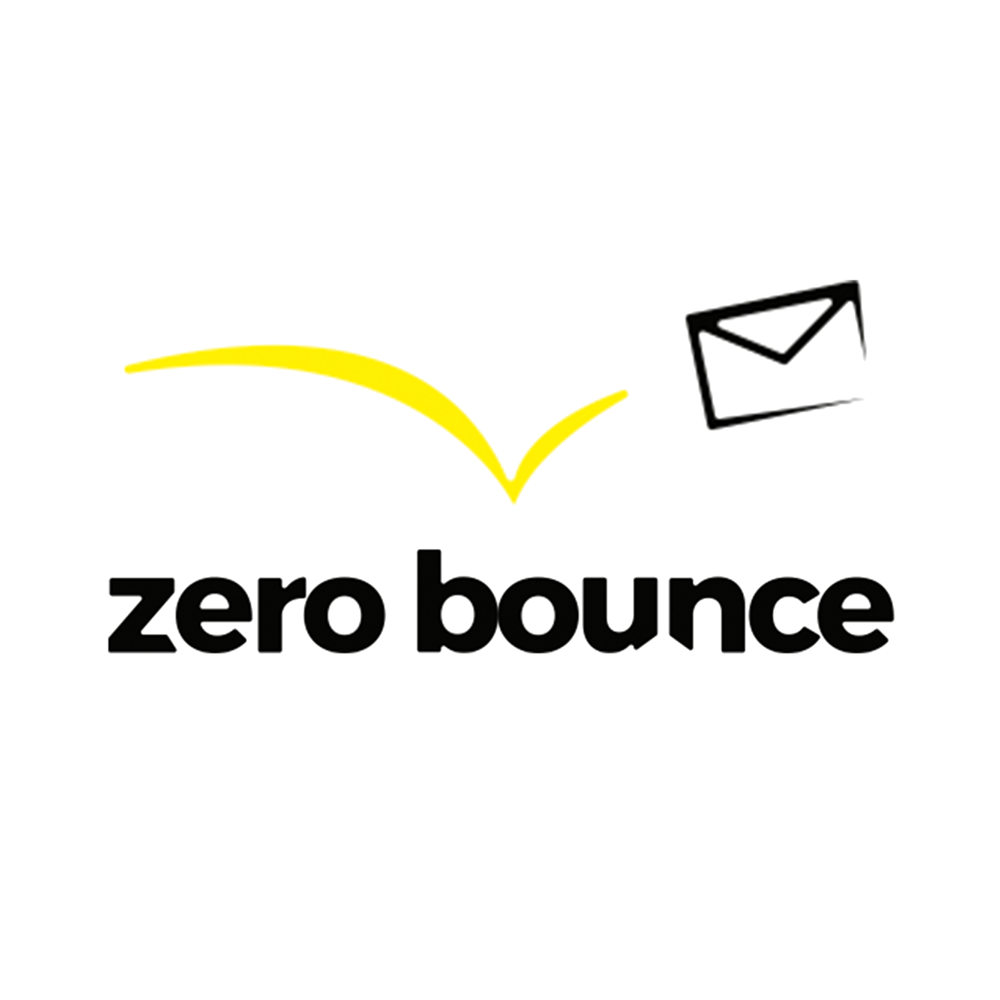
After you have selected the software and method you want to use for your newsletter campaign, you will need to create an email list for your campaign. As you build this list, you should utilize an email verification tool. This tool will scan your email list and remove invalid or potentially dangerous email addresses. Not only will this increase your delivery rate, but it will help protect the reputation of your server. Some email verification tools you might want to consider include:
- Clearout
- EmailListVerify
- MailerCheck
- NeverBounce
- Email Checker
- Hunter
- Mailfloss
- ZeroBounce
Once you have put together a list of high-quality email addresses, you should determine how you want to segment it. Segmenting your email list simply means breaking it down into groups according to certain categories. These categories should be based on common factors and descriptors. Some suggestions for broad methods of grouping include:
- Demographics
- Preferences
- Services
- Interests
- Products
When determining how you want to segment your email list, consider the type of content you will be providing and how it can be presented to different groups of people. This will ensure the newsletter is relevant and interesting to the recipients, which will make your newsletter campaign more effective. For example, you may group your emails according to the types of properties your buyers are interested in. In this way, one group may receive newsletters focused on lakeside homes while another may receive newsletters focused on golf course communities.
Strategy #3: Use Lots of Images
Now that you have your newsletter campaign strategy and email list ready to go, it's time to make your newsletter as appealing as possible to the reader. You of course want to offer high-quality content, but you also want to draw the reader in with visually appealing images. There are several types of images you can include in your newsletter, such as: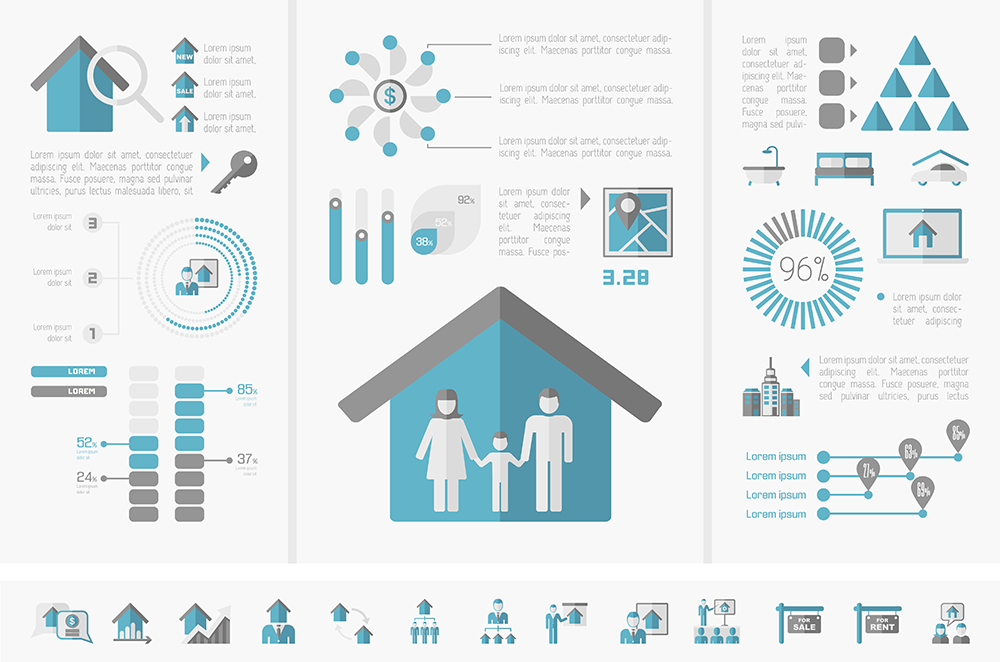
- Graphs and Charts
Graphs and charts are a great way to share information quickly, easily, and in an appealing manner. They should be relevant to your newsletter and contain the most recent data, to ensure efficient reading and establish your credibility. You may want to share graphs and charts that have been disseminated by professional organizations, such as the National Association of REALTORS. For the maximum effect, however, you may also want to consider creating graphs and charts that align with your brand identity. Graphs and charts are relatively easy to create with spreadsheet programs such as Microsoft Excel, Google Sheets, Apple Numbers, and Smartsheet.
- Infographics
Infographics are graphic images that offer a visual representation of data in a way that is different from graphs and charts, although graphs and charts can be added to your infographic. There are seven basic types of infographics: list-based, comparison, visual article, interactive, data visualization, timeline, and visual resume. There are many different software programs available for creating infographics. Some of these include: Piktochart, Snappa, Infogram and Freepik.
- Relevant Photos
Relevant photos can further illustrate the concepts you are trying to convey in your newsletter. They also add a human touch by showing people engaging in activities relevant to the content of your newsletter. There are many services available that offer stock photos for you to use without the need for obtaining licensing. Some examples include Deposit Photos, Shutterstock and Adobe Stock. When selecting stock photos for your newsletters, be careful not to select photos that look like stock photos. Readers don't care for images that look fake or overly staged.
Strategy #4: Consider Including Video
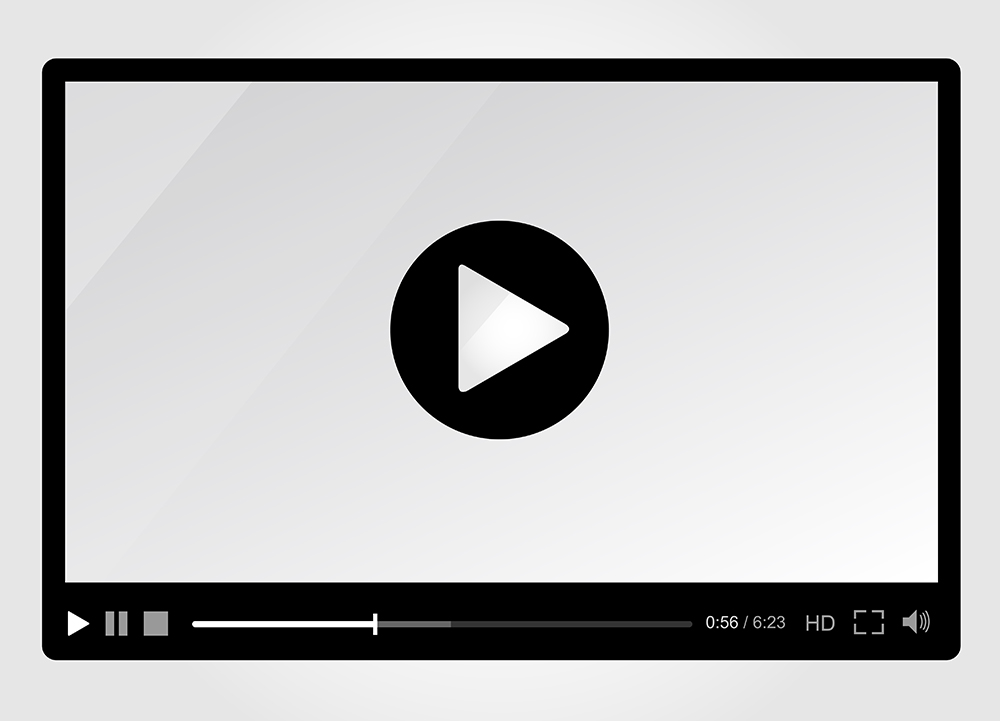
For added effect, you might also want to consider including videos in your newsletter. You can easily make videos of your own with applications such as Bombbomb, Jumpshare, Loom, and Snagit. These applications allow you to create videos directly from your computer by accessing your microphone, camera, and desktop. Advantages to adding video to your newsletter include:
- Further establish you and your newsletter as an authority within the industry.
- Share information in a quick and easy way that is more accessible to viewers than requiring them to read through a newsletter.
- Provide demonstrations or instructions in a manner that is easier to understand with visual representation than written description.
- Appeal to a broader range of recipients, as some prefer to watch videos rather than read through materials.
- Help your newsletter recipients get to know you on a more personal level and build a human connection, which will increase their interest in your future newsletters.
More Reading
[listmenu menu="Blog Article #2"]Strategy #5: Use Great Formatting
The final touch to creating a high-quality newsletter is to use great formatting. Just as with pictures, proper formatting will grab your readers' attention and make them interested in what you have to say. At the same time, you need to keep in mind that people have a tendency to glance over digital media, scanning the information in order to determine if there is anything worth reading. To help with this scanning process and increase your chances of drawing their attention to your key points, you should keep the following formatting recommendations in mind: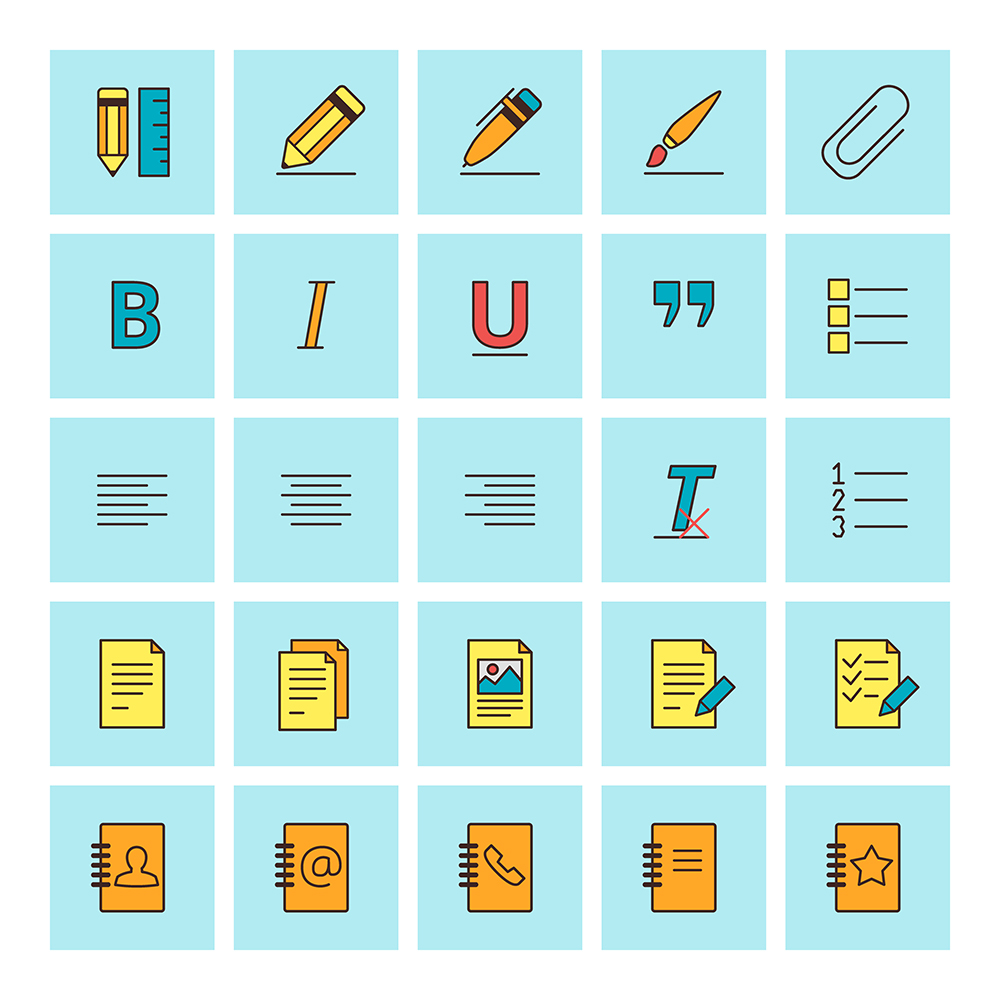
- Utilize several headings and subheadings, all of which should be offset in a bold font.
- Create bullet points when listing key ideas or bits of information.
- Develop numbered lists within the newsletter or design the entire newsletter in the format of a numbered list of steps, tips, or strategies.
- Add bold and italicized words within the newsletter.
Strategy #6: Content is King
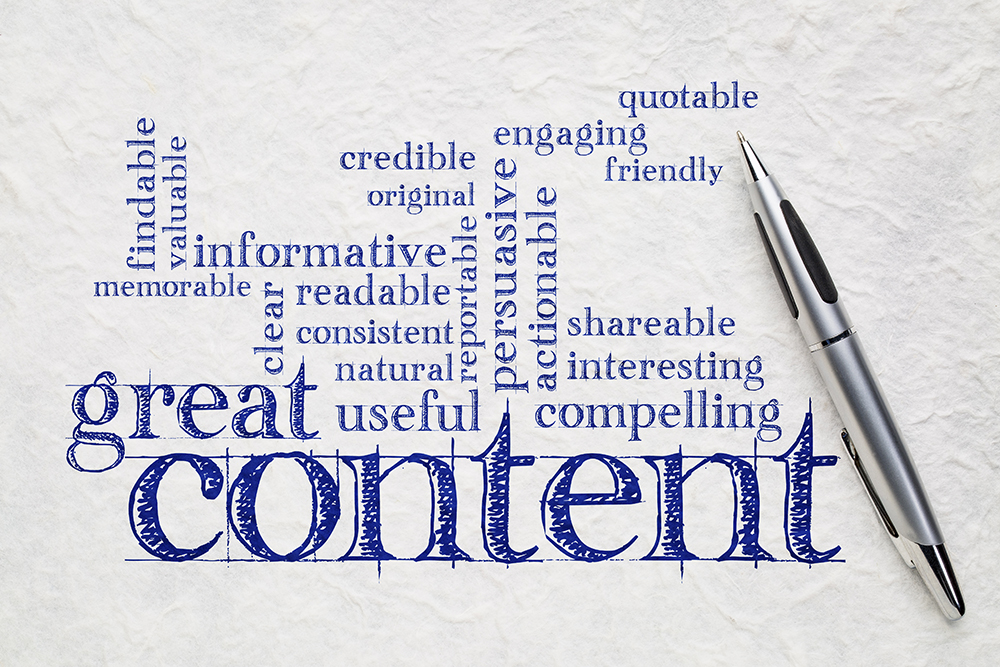
Make sure to know your audience, which primarily consists of local home buyers and sellers. There are a lot of similarities between buyers and sellers across all markets, but also several differences. Subscribers to a Denver real estate agent are interested in tips to deal with snow-related issues, while Austin real estate subscribers are looking to beat the heat. Local market statistics are always popular, and hyper-local statistics for specific neighborhoods tend to be even more of a hit. Remember, you want your content to be accurate, relevant, and valuable to your audience.
With the help of these six strategies, you will have a successful real estate newsletter campaign. While it may seem a bit overwhelming at first, once you become familiar with the software and how to create newsletters that coincide with your branding, you will wonder what took you so long to get started.
- Categories
- Agent Advice |
- Real Estate Marketing |
- Real Estate Technology



